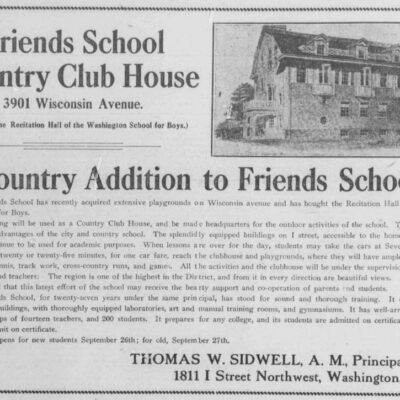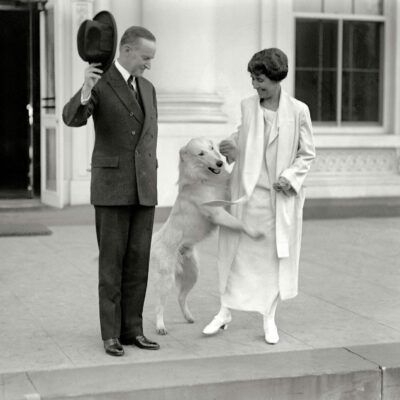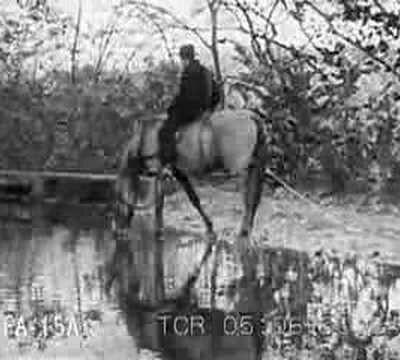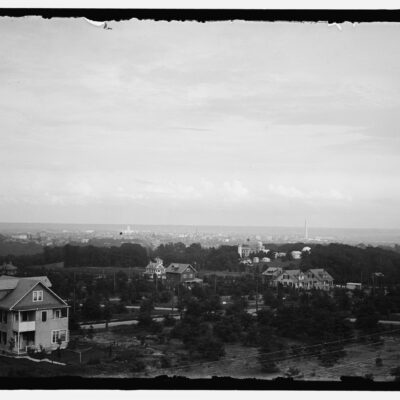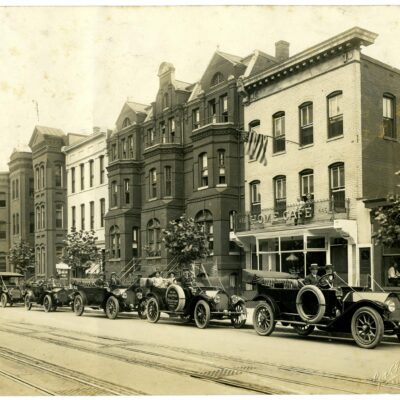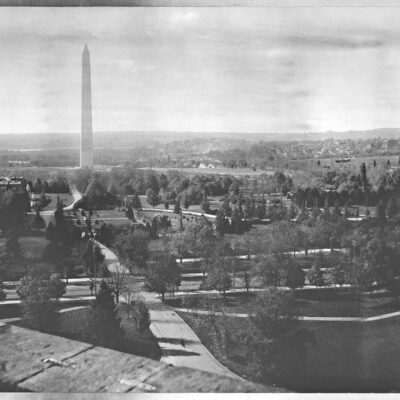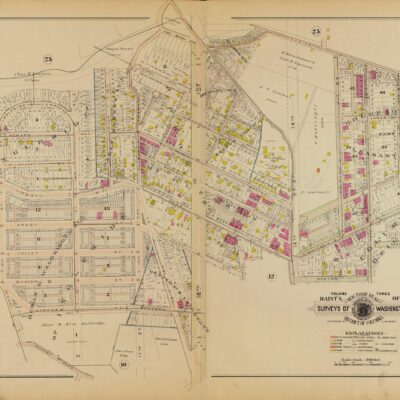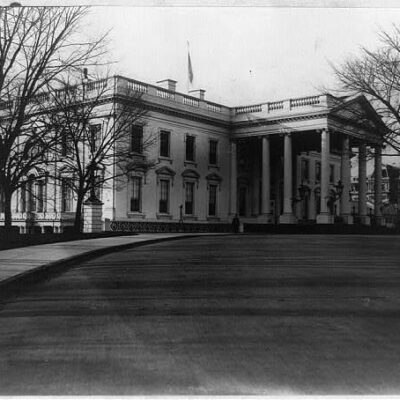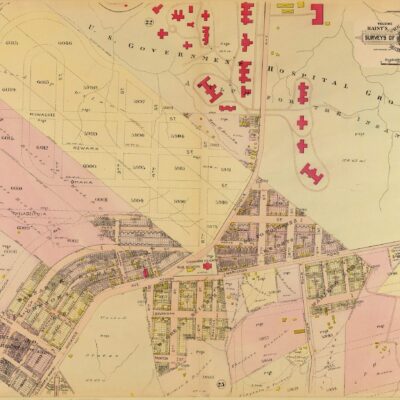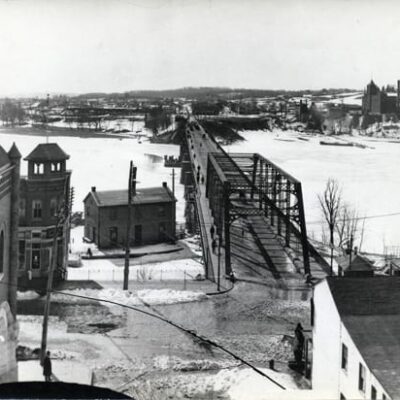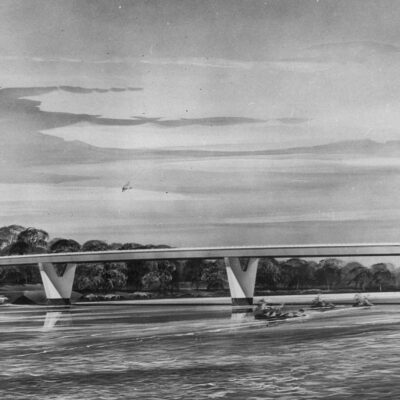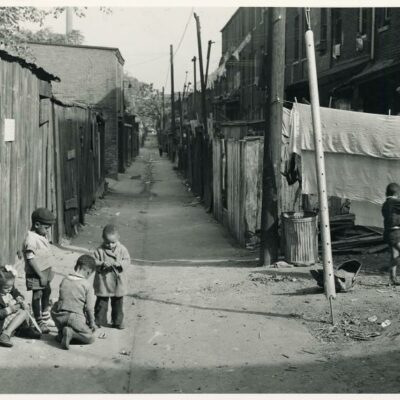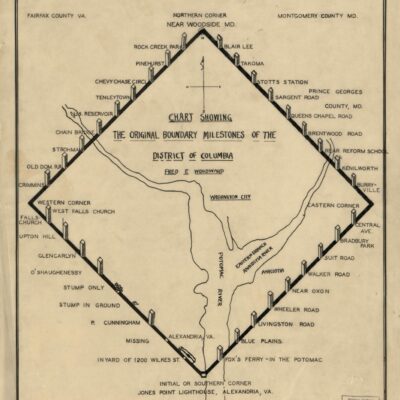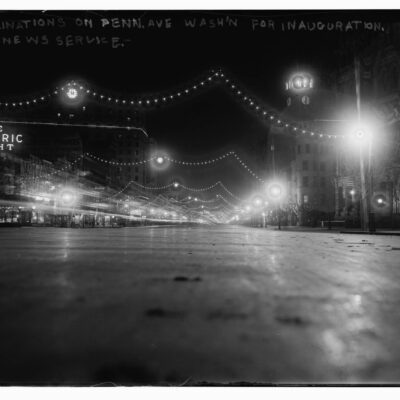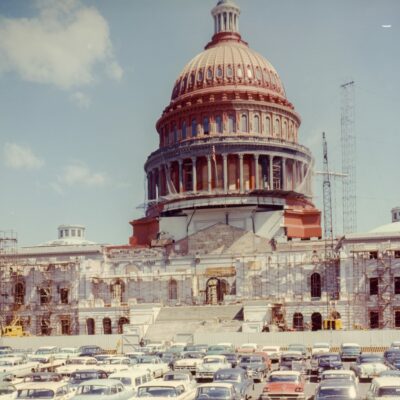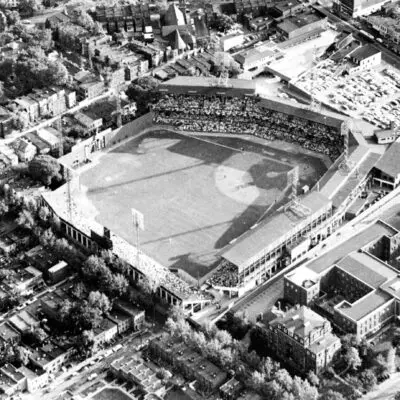What do you think? Is Washington the most beautiful city in the world? I have to believe that I’m biased, but I do think it is certainly one of the most beautiful cities in the world. Okay, there’s Paris, Vienna, Rome, Prague, London, Florence, and no less than several dozen more. But, Washington’s top sites and views are among the best of the world, and I’d be willing to argue that with anyone.
Folks over 100 years ago certainly felt that way with the McMillan Plan (i.e., the Park Commission). We dug up an article from The Washington Times printed on November 10th, 1907, outlining how amazing the city was going to become with the execution of this plan. The plan focused heavily on improvement of the National Mall and constructing major monuments on the western and southern anchors of the Mall’s ends.
The article points out that one of the key points of the plan was to make the city’s plan more cohesive and connect the public and private lands for a more unified experience. Below is the section about the disjointed design of the city.
Since the days of Madison each park, building, and monument has been designed as an individual entity, without relation to the other, thus the dignity of the composition has been lost. Looking from the Monument to the Capitol one sees a tangle of trees, a jumble of unrelated buildings, jarring one with the other. The unsightly Botanic Garden and the Pennsylvania railway station are prominent and unpleasant objects always in plain view of the Capitol. this model graphically displays the want ot judgement in the disposition of Federal buildings without uniformity of design or grouping, and the thoughtless destruction of the beautiful vistas which constituted the fundamental and distinctive feature of the original plan.
One of the largest tenets of the plan was to open up the National Mall and rid it of the Victorian feel, with trees dotting the landscape (see a picture here).
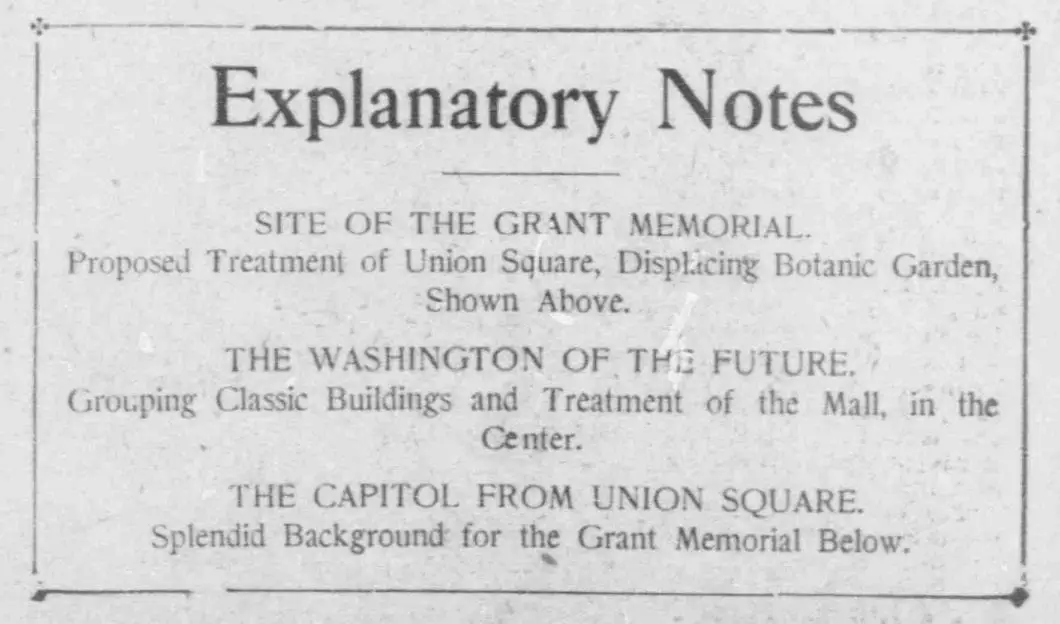
The article continues talking about the need for simplicity and dignity.
The composition contemplates two principal axes, one east and west, beginning with the Capitol and the Grant Memorial in Union square, having as its central feature the Washington Monument, and ending with the Lincoln Memorial, the other beginning with the White House, having as its central feature the Monument Garden ends with the Monument to the Constitution. The planting and roadways of the park, the architectural adornments, and the disposition of new buildings are assigned to emphasize these axes and enhance and dignify the Capitol, the White House, the Washington Monument, the Lincoln and Grant Memorials, and the Memorial to the Constitution, which are the principal points of interest and beauty in the composition.
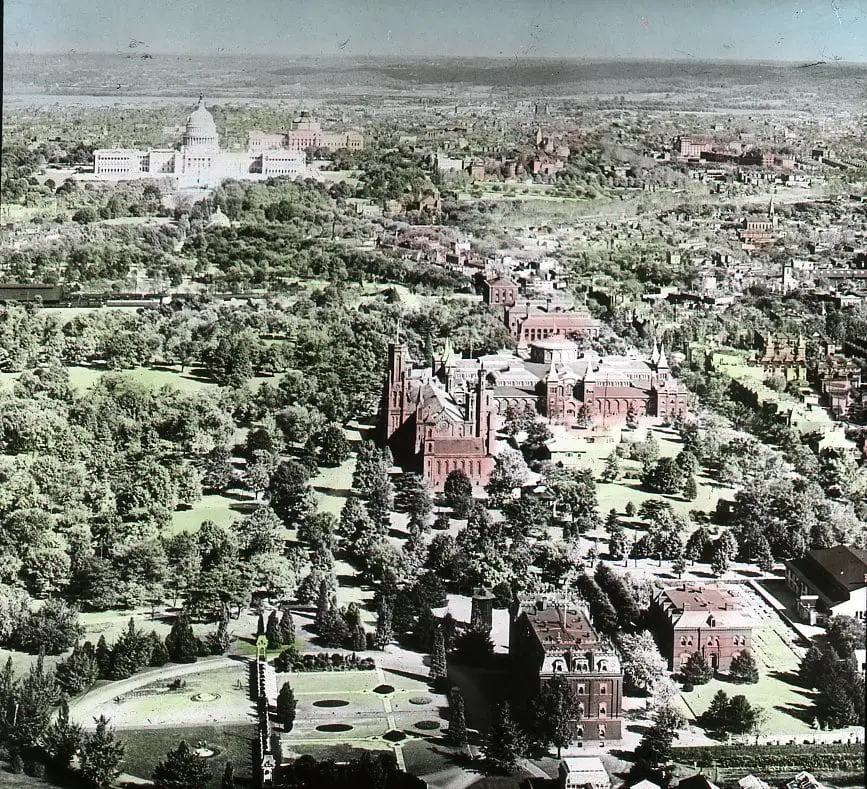
Okay, so that’s a lot of information, and you’re probably asking what the Grant Memorial and Memorial to the Constitution are. Good question. Well, you can read up on the push for a Grant Memorial here, here, and here. All those discuss a much grander vision to memorialize the Civil War general. The location where the Memorial to the Constitution was supposed to be situated because the site of the Jefferson Memorial.
The article goes on to talk about why the Washington Monument is located where it is today. Evidently, engineers were looking for a proper site to locate a foundation for the giant structure. When the location was decided, it wasn’t in line with any long-term plans for the city and was completely out of relations with the surrounding buildings. One of the key points of the McMillan Plan was to create proper relationships between the Washington Monument and surrounding buildings, or those to be built.
The piece continues with a discussion of Frederick Law Olmsted, the prominent landscape architect.
Mr. Olmstead [sic] bears the name identified with what is best in modern landscape architecture in the District of Columbia. He is the consulting landscape architect not only of the vast system of parks and boulevards which make up the metropolitan park system of Boston and its suburbs but also of large parks in various cities. To inherited taste he adds the highest training, both practical and theoretical.
Olmsted was extremely influential in the design of parks across the country, including a little one up in New York called Central Park, as well as another famous park in Brooklyn, Prospect Park.
Below is the article from the Library of Congress archives. Click on it for a larger version to read the whole thing.
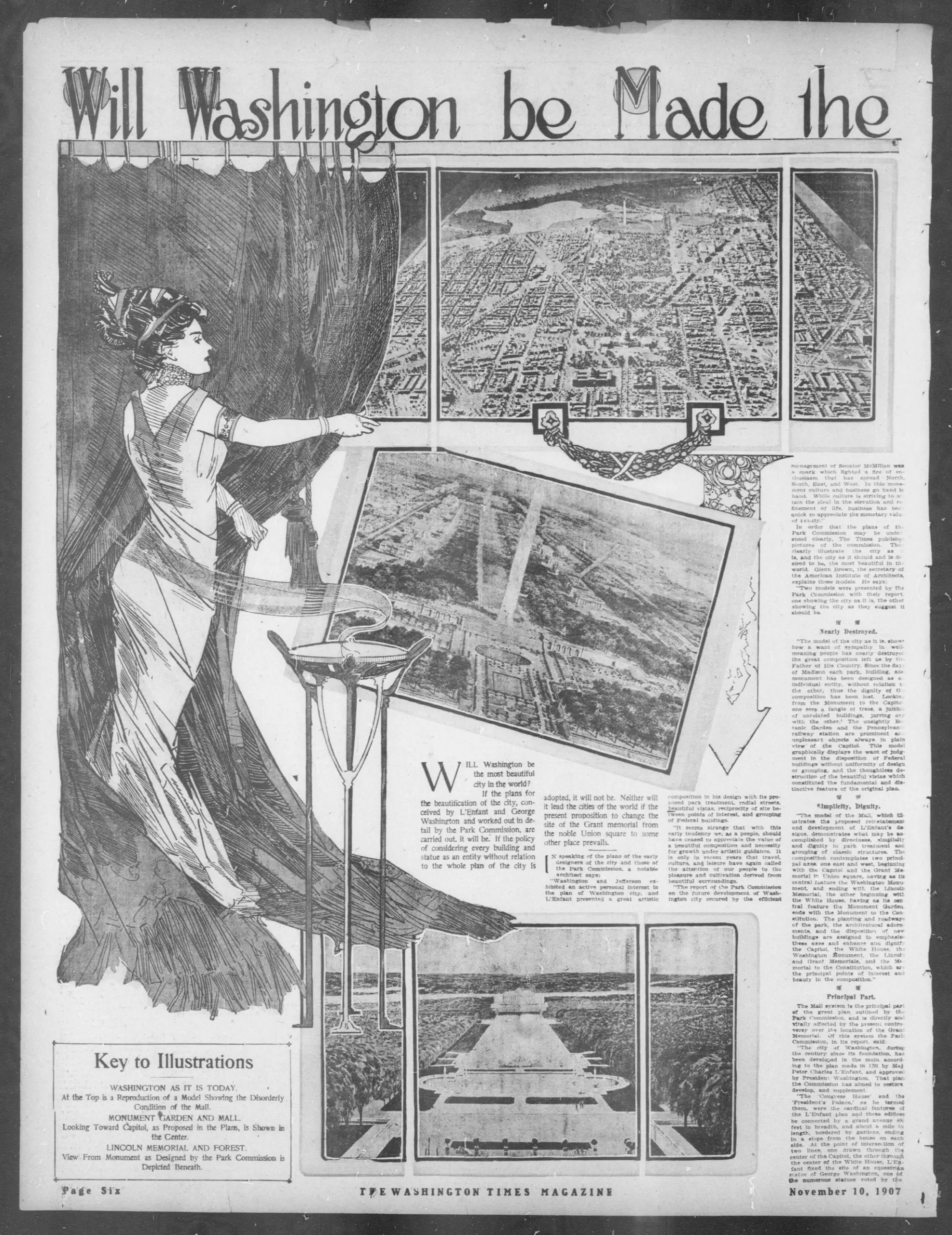
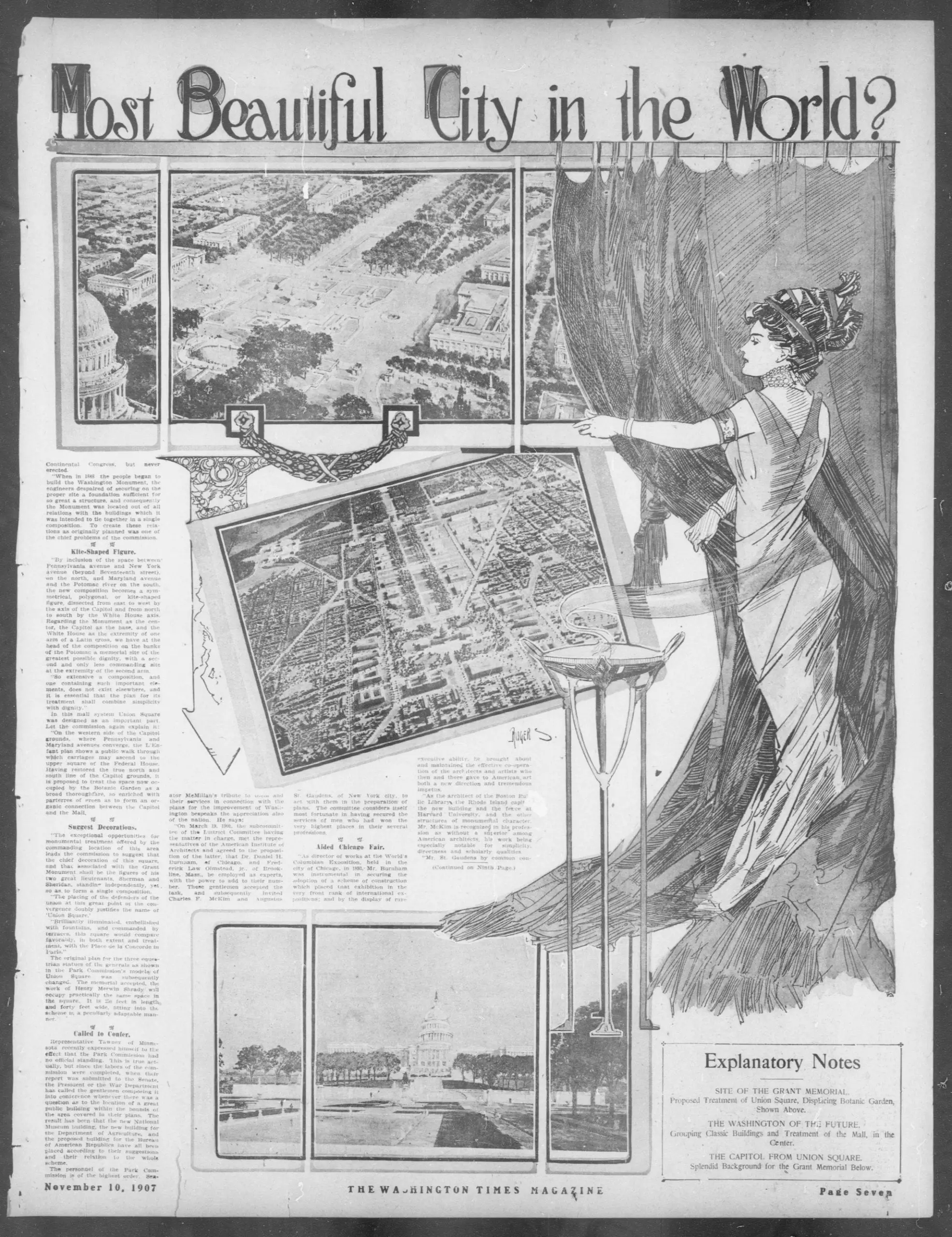
Source: Library of Congress

